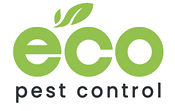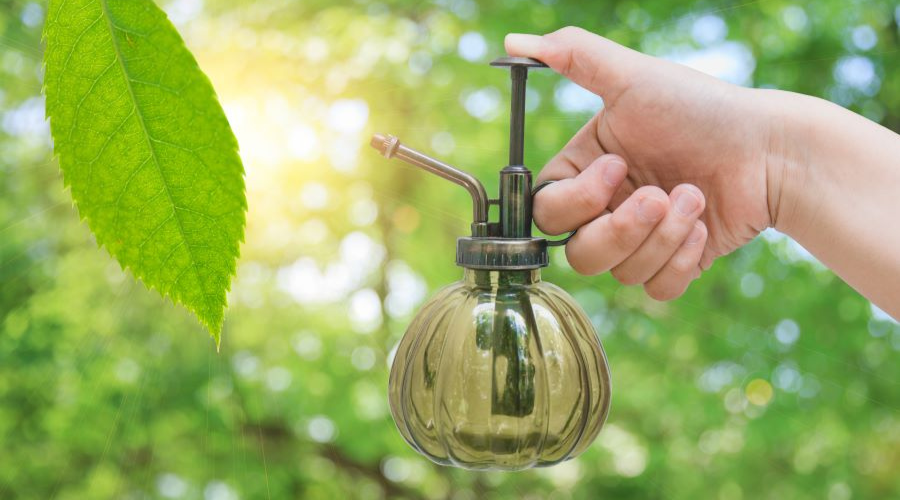Eco-Friendly Pest Control Methods
9 Natural Ways to Get Rid of Pests
Do you reach for harsh chemical bug sprays and weed killers when pests invade your home or yard? Many of us do. We want a quick fix to get rid of creepy crawlers and weeds. But dousing your family and garden with poisons can do more harm than good.
The good news is that there are safer, natural ways to manage pests that really work!
In this article, you’ll learn easy green pest control tips using common household items. You can stop pests without hurting your kids, pets or the planet. Give eco-friendly pest management a try – your family and the environment will thank you!
Why Chemicals Are Harmful
For a long time, people have used chemical pesticides to kill bugs, mice, weeds, and more. But there are big problems with these:
- Hurt people – Chemicals are bad and can make people sick if they breathe them in. Some chemicals may even cause cancer. Kids are very sensitive.
- Hurt wildlife – Chemicals kill helpful bugs like bees and butterflies along with bad pests. They get into water and can poison fish.
- Pollute the earth – Chemicals stay in soil and water for a long time. This can damage farms and drinking water.
- Bugs get stronger – Some bugs and weeds learn to survive the chemicals. Then you need stronger and stronger chemicals.
So for many reasons, it’s smart to find safer ways to fight pests.
Why Go Green?
Not using chemicals has a lot of advantages:
- Safer for kids – No toxic chemicals means less worry about your kids and baby’s well-being.
- Safer for pets – Chemicals on plants and grass can make dogs and cats sick if they are around them.
- Helps nature – No nasty chemical waste keeps your yard and local parks and streams healthier.
- Often works just as well – Barriers can manage pests without chemicals in many cases.
- Costs less – Preventing pests means you don’t have to pay for expensive services as much. And homemade remedies are cheap.
- Helps the planet – Eco-friendly pest control protects the earth for future generations. And it means less chemical waste.
Natural Ways to Control Pests
Here are some tips to control bugs and weeds without bad chemicals:
1. Stop Pests Before They Start
An ounce of prevention is worth a pound of cure! Make your home and yard less inviting to pests:
- Seal cracks – Caulk and seal any openings in walls, windows and doors so bugs can’t get in. Mice can even fit through tiny cracks.
- Remove food and water – Don’t leave pet dishes out. Pick up fallen fruit. Fix leaky taps. Empty birdbaths often.
- Reduce clutter – Clutter gives pests places to hide and breed. Keep a tidy home.
- Fix drainage – Mosquitos breed in standing water. Make sure rain doesn’t pool in your yard.
2. Use Traps and Baits
- Sticky traps – For catching mice, rats, cockroaches and spiders. Put along walls or in corners.
- Light traps – Bugs like moths fly to a light over a sticky board and get stuck.
- Pitfall traps – Bury a cup in your yard to catch slugs and snails.
- Funnel traps – Guide pests into a closed container through a funnel. Good for beetles, earwigs, etc.
- Baited traps – Use food or scents to lure mice and insects in.
3. Block Pests Out
Use barriers to keep pests away from an area:
- Door sweeps – Brushes and rubber flaps seal the gap below doors to block bugs and mice.
- Window screens – Wire screens let air in but keep moths, flies and mosquitos out.
- Netting – Cover vegetable, fruit trees, and fish ponds with netting to stop pests.
- Copper bands – Stops snails and ants from climbing up trees. Copper gives them electric shocks.
- Mulch and gravel – Mulch stops weeds. Gravel keeps crawling bugs away from your house.
4. Use Natural Sprays and Dusts
For tough pests, try natural procedure instead of chemicals:
- Neem oil – It stops many pests without hurting good bugs.
- Diatomaceous earth – Tiny fossils that cut soft-bodied bugs. Spread along walls and baseboards.
- Bacillus Thuringiensis – A bacteria that kills caterpillars but is safe for people and pets. Very effective!
- Insecticidal Soap – Kills soft bugs like aphids. Mix a few drops dish soap with water.
- Insecticidal Oils – Coat and smother insect eggs and larvae on contact. Prevent pests from laying new eggs too.
5. Helpful Bugs
Some bugs eat pests. Attract these pests to your yard:
- Ladybugs – They gobble up many harmful garden pests. Flowers they like.
- Lacewings – The babies eat aphids, their favorite snack. Adults drink nectar.
- Praying mantis – Put an egg case near plants and the mantises will eat caterpillars and other soft bugs when they hatch.
- Bats – A single bat eats up to 7,000 bugs every night! Put up a bat house to get natural mosquito control.
You can also buy beneficial bugs like ladybugs and lacewings to release in your yard.
6. Use Natural Bug Repellents
Scents and oils that pests don’t like can deter them:
- Mint oil – Keeps away spiders, ants, mosquitos, and mice. Plant mint bushes around your house.
- Lemongrass oil – Mosquitos hate the smell. Put some in outdoor candles or torches.
- Catnip – Protects plants from beetles, aphids, ants, and more. Grow catnip next to veggies.
- Garlic – Makes a stinky bug sprinkle. Just soak crushed garlic in water.
7. Let Nature Control Pests
Some natural ways bugs and diseases keep pests in check:
- Beneficial nematodes – Microscopic worms kill grubs in lawns. Buy them and water into grass.
- Viruses – A gypsy moth virus kills them but does not hurt people or pets. Happens naturally in forests.
- Bacteria – BT bacteria only infects certain pest insects, not beneficials or animals.
8. Remove Pests by Hand
For small problems, just pick pests off by hand:
- Handpick bugs – Just pick aphids, slugs and cabbage worms off plants and drop them in soapy water.
- Weed by hand – Grab weeds by the root before they spread seeds. Handpick instead of weed killers.
- Use traps – Catch mice and roaches with sticky and baited method. Easy and kid-safe!
9. Use Companion Plants
Some plants naturally repel or attract pests. Use this to protect veggies:
- Radishes stop cucumber beetles from attacking cucumbers and squash.
- Dill, chamomile and parsley planted near cabbage help control cabbage worms and aphids.
- Nasturtiums repel aphids, squash bugs, many beetles. Place it near veggies.
- Cosmos, yarrow and dill attract beneficial insects that eat pests.
Avoid spraying your whole yard with toxic chemicals that kill good and bad bugs. It causes more problems than it solves!
Stay Green While Managing Pests
You want your home to be clean and healthy, but you can get there without using harmful chemicals and cleaning products. Just remember:
- Start by sealing cracks and holes so pests can’t enter in the first place.
- Use natural solutions like barriers before turning to other methods.
- Pick up a few helpful bugs like ladybugs to patrol your yard for you.
- If you need insecticide, use natural versions instead of toxic chemicals when possible.
- Learn to live with a few harmless bugs that are part of nature.
- Use baits and spot treatments instead of drenching everywhere with bug killer.
- Dispose of dead bugs and containers carefully.
Conclusion
Controlling pest infestations in your home doesn’t mean you need to use chemical poisons that put your family’s health at risk. It also doesn’t mean just putting up with an invasion of annoying bugs. As you’ve learned, there are many smart, natural ways to deter pests and keep them under control.
Green pest control takes a little more elbow grease than just spraying chemicals everywhere. But it pays off by creating a healthy and safe home for your loved ones, pets, and the environment.
Give prevention and natural pest control a chance. You can stop pests, stay green, and feel good about the safe sanctuary you’re creating for your family.



